
Piano, finally
Piano Finally is a podcast by an old bloke who is learning the piano, finally. I cover the process of learning the piano and music theory as an adult learner. I also review piano books, hardware and other materials from an adult learner's perspective.
Piano, finally
Episode 9 - Making practice fun
Welcome to Episode 9. Thanks for joining me this week. It has been busy; school is back for Term 3, which means this will be back into a normal rhythm but also much busier. My regular piano lessons will be starting back this coming week, and I’m looking forward to learning some new things over the coming term. Before the holidays, my piano teacher mentioned that she would be running a showcase concert in the middle of September. I don’t think I’m ready to perform in front of members of the public yet, even if those members are also piano learners. I’ll let you know my thoughts.
Piano practice is something that all piano learners have to do. Unfortunately, there is no instant way of going from not being able to play to giving Lang Lang a run for his money without many thousands of hours of practice. I would hope that for most players, practice is at least enjoyable, but once the initial thrill of starting is over, it probably can’t be described as fun. Except that this week, I discovered something that made my practice much more fun.
You can contact me:
- via email at david@pianofinally.show; this is probably the best option
- the show website, www.pianofinally.show
- Instagram and Threads @pianofinally
- and on YouTube
- all the podcast directories - list
- here's the RSS feed
Some of the links to books and other items mentioned in the podcast may affiliate links for Amazon or other providers. If you use one of these links, a commission may be paid to me at no additional cost to you. Thank you if you use a link.
All reviews of products, websites and services are unpaid, and no sponsorship has been received for any content on this podcast.
G'day everyone. I'm David Reidy and welcome to Piano, finally, a podcast by an old bloke who's getting around to learning the piano, finally. Welcome to episode 9. Thanks for joining me.
David Reidy:This week it's been busy, school is back for term 3, which means everything is back to a normal rhythm, but also much busier. My regular piano lessons will be starting back this coming week and I'm looking forward to learning some new things over the coming term. Before the holidays, my piano teacher mentioned that she would be running a showcase concert in the middle of September. I don't think I'm ready to perform in front of members of the public yet, even if those members are also piano learners. I'll let you know my thoughts. A quick update on the Kawaii NV-10 repair. The serviceman and I haven't been able to set up a time. Last week was pretty busy, but I'm hoping that we can do one afternoon this coming week, fingers crossed. This episode's viewing suggestion is not from YouTube and is a bit broader than just piano television, although there's a fair bit of piano content included. I'm going to recommend the Stage Plus service from Deutsche Grammophon.
David Reidy:If you listen to classical music, you're no doubt familiar with Deutsche Grammophon's place in classical recording. The company has been around for over 100 years and has recorded just about every piece of classical music. You can imagine. A large fraction of my classical music collection is made up of Deutsche Grammophon LPs and CDs. In fact, the very first CD I ever bought was a Deutsche Grammophon recording of Haltz to the Planets. Ever bought was the Deutsche Grammophon recording of Holst the Planets. Deutsche Grammophon's Stage Plus service combines many of its audio recordings with a very large range of video recordings of concerts and operas. Along with the musical content, there are also documentaries and interviews. There are many historical performances and, as the company has been associated with so many European orchestras and conductors, there are often multiple versions of any given piece. All the recordings and videos are presented in the highest quality available, with 4K video, dolby Atmos and lossless audio. Additionally, stageplus has live events that are rebroadcast for viewing, before eventually ending up on the service. Permanently viewing before eventually ending up on the service permanently.
David Reidy:Deutsche Grammophon has been at the leading edge of recording technologies for a long time. The reason that the Holst was my first CD is simple. When I bought it, it was the only CD title available in Australia and there were perhaps two brands of CD players available. Stage Plus is available for Windows and Mac computers, ios and Android phones and all the different smart TV devices If you happen to have an Apple Vision Pro. Stage Plus also has a small selection of concerts recorded in spatial video, including two piano concerts and an opera. Stage Plus isn't particularly cheap. It's $149 US dollars per year or $14.90 a month, although they currently have an introductory offer of $1 for the first two months. If you subscribe to any of the other classical music streaming services, you'll already have access to the audio recordings, but I think it's worth a subscription for the video content and I'm hoping for more spatial videos. There's a link in the show notes if you want to take a look.
David Reidy:Making practice fun. Piano practice is something that all piano learners have to do. Unfortunately, there's no instant way of going from not being able to play to giving Lang Lang a run for his money without many thousands of hours of practice. I would hope that for most players, practice is at least enjoyable, but once the initial thrill of starting is over, it probably can't be described as fun, except that this week I discovered something that made my practice much more fun. This is not a solution that will work forever, but it's going to give me a few more weeks to add an element of fun to my practice. It's also not a cheap solution and I won't suggest that you try it just to inject a fun element into your practice. But if the right circumstances arise, you can give it a try.
David Reidy:As I mentioned in the last episode, I needed to organise a backup instrument for practising, so I ended up getting a Roland FP-90X digital piano. I've set it up in a different part of the house where I walk past it a lot more often than the Kawai, so I can sit down and play for a couple of minutes many times each day. The Roland has 8 modelled pianos and a huge range of sampled instruments built in, as well as a huge standard MIDI library. The first thing I needed to do was choose a setting to use as my default. This is where the fun begins.
David Reidy:When I got my first keyboard, I chose the sound by playing a single octave, c major scale, mainly because that was my level of playing. I chose the setting that sounded best and pretty much left it at that. When the kawaii arrived, my playing was a little better, but I just chose the default piano and started practicing and recording with it. That's the setting you were hearing in all the progress recordings at the end of episodes. My playing has now got a little bit better so I'm able to be slightly more musical. In other words, I can play something consistently that isn't simply a scale. So when choosing a default setting for the new Roland keyboard, I was able to play the Samuel Arnard jig that I had been working on. Then I realised that if I was going to try out all the instruments on the keyboard and play jig over and over again, that would count as practice. So that's what I've been doing. At the moment.
David Reidy:A practice session is made up of me playing a two octave C major scale with both hands, not quickly but at a consistent tempo, and then some playthroughs of the jig, trying to slowly increase the tempo and a bit of work on whichever bars I got wrong, and some days now that's none of them. It's the jig practice that I'm using to test the instrument settings. I finish up with some very slow work on a new piece and then one of the level one sight reading exercises. All up, that's 30 to 40 minutes. I'll normally give an instrument at least two or three tries and I'm slowly narrowing down the list of pianos I'd be happy to use as a default. All this testing probably means I'd run through the jig 15 times during a practice session, not including stopping to correct mistakes, and instead of it becoming a bit boring with all those repetitions, there's something different to listen to each time. Buying a new instrument every month or so to keep your practices interesting is hardly a viable solution, but if the situation presents itself, why not take advantage of it?
David Reidy:The Roland FP-90X Review, part 2. What's it like? Well, it sounds pretty good. What's it like? Well, it sounds pretty good. The FP90X has a four-speaker array, two main speakers and two tweeters, with a combined output of 60 watts, so it's easily loud enough for home use. Of course, it also has headphone sockets so you can play it silently. To complete the audio output, there is a USB connection for digital audio to a computer and line outs for conventional audio.
David Reidy:One of the features of the FP90X that got me interested in it is the keyboard action. Roland offers several different actions in its digital pianos and all of them seem to have been well reviewed in various publications. The FP90X uses the PHA50 action, which is also used in their more expensive keyboards. It has a long key length, weighted hammers and a realistic feel. The keys have wooden sides and their top surfaces are made of a plastic that simulates the feel of ivory for the white keys and ebony for the black. While it doesn't quite feel the same as a grand piano, it does have a substantial weight to it and it's easy to adjust your finger pressure for different dynamics. I haven't found it fatiguing during practice sessions of up to an hour.
David Reidy:It's the sound of the piano that's the most important, though. The hardware is fine, but what about the software producing the notes? The FP-90X has 106 built-in sound types, plus another 255 from the General MIDI 2 library, for a total of 361 different voices. These are divided into five categories pianos, e-pianos, organs, strings and synths. Most of these are sampled instruments or synthesised, but eight of the pianos are different. The first eight pianos are modelled, meaning that the processor inside the FP-90X generates the sounds using an algorithm based on the movement of the piano's keys. This allows for a much more accurate representation of the piano than manipulating samples. I like the idea, but in reality I really can't tell the difference between a sampled sound and a modelled one, but maybe someone with better ear training can. The system passes my one test for checking the quality of the modelling.
David Reidy:On an acoustic piano, playing one note will cause other strings to resonate. You can try this on whatever keyboard or piano you use. Hold down the key for C3, the C below middle C, wait until there is no sound, then strike and release the middle C key. The C below middle C should be resonating quietly. That works on the FP90X. There are probably much more sophisticated tests, but that's the one I can use quickly.
David Reidy:There are many features you can control with the keyboard. Eventually I'll probably explore most of them, but at the moment the most obvious one after the instrument type is the environment. There are six ambience types from which to choose from a studio to a wooden hall or to a cathedral. You can adjust the strength of the ambience as well if you want to make your cathedral into a small church. There are also my Stage settings which create a dozen matched environment and instrument settings. I'm very happy with the unit so far. Bear in mind that as a beginner, I'm hardly using all of its features.
David Reidy:As I discover more about this keyboard or the Kawai, I'll update the reviews. Here are some examples of the FP90X. They were all recorded using the onboard recording feature. Well, that's it for this week. If you'd like to contact me, email us at. Thank you, well, that's it for this week. If you'd like to contact me, email is the best way. You'll find me at david at pianofinallyshow and the website at wwwpianofinallyshow. In both cases, pianofinally is all one word. The show is also on Facebook, instagram and Threads. You can subscribe via any of the popular iOS or Android podcast applications or from directories such as Apple Podcasts, spotify or YouTube Podcasts. The show notes for this episode are on the website and include a text me link which will let you send me a message. So until the next episode, I hope your piano stays in tune and you enjoy your time at the keys.
David Reidy:This week's practice was once more recorded on the Roland FP-90X with the Concert Grand Piano setting. This is the first instrument in the instrument selection. It's a modelled piano, so it doesn't replicate a particular instrument. Once more, the piece is Jigged by Samuel Arnold. Over the past week, I've been continuing to work on it, slowly raising the tempo, though it still has a way to go. I have picked a new piece to begin working on. So far, I'm about four bars into it, so there's still a long way to go, thank you.
Podcasts we love
Check out these other fine podcasts recommended by us, not an algorithm.

Connected
Relay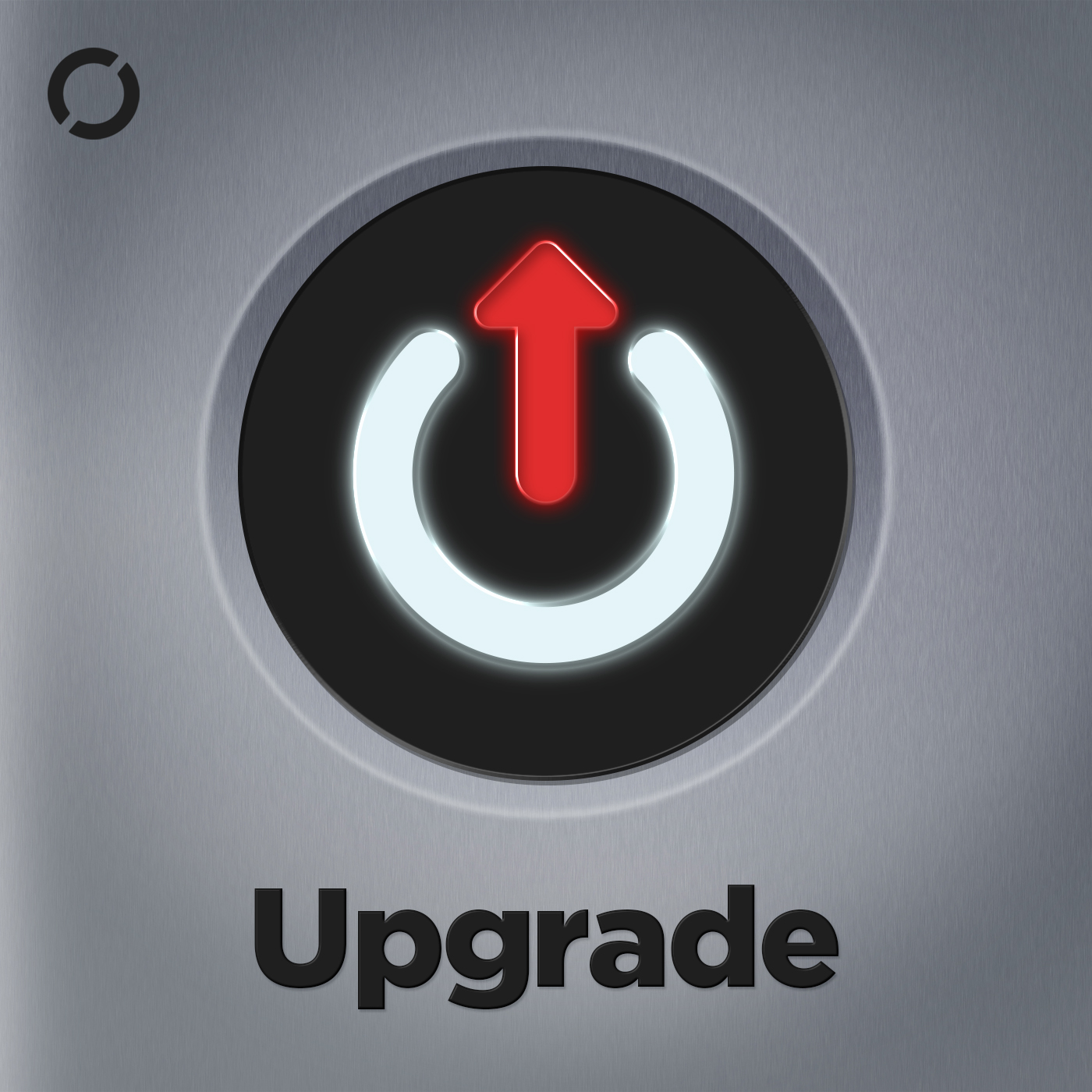
Upgrade
Relay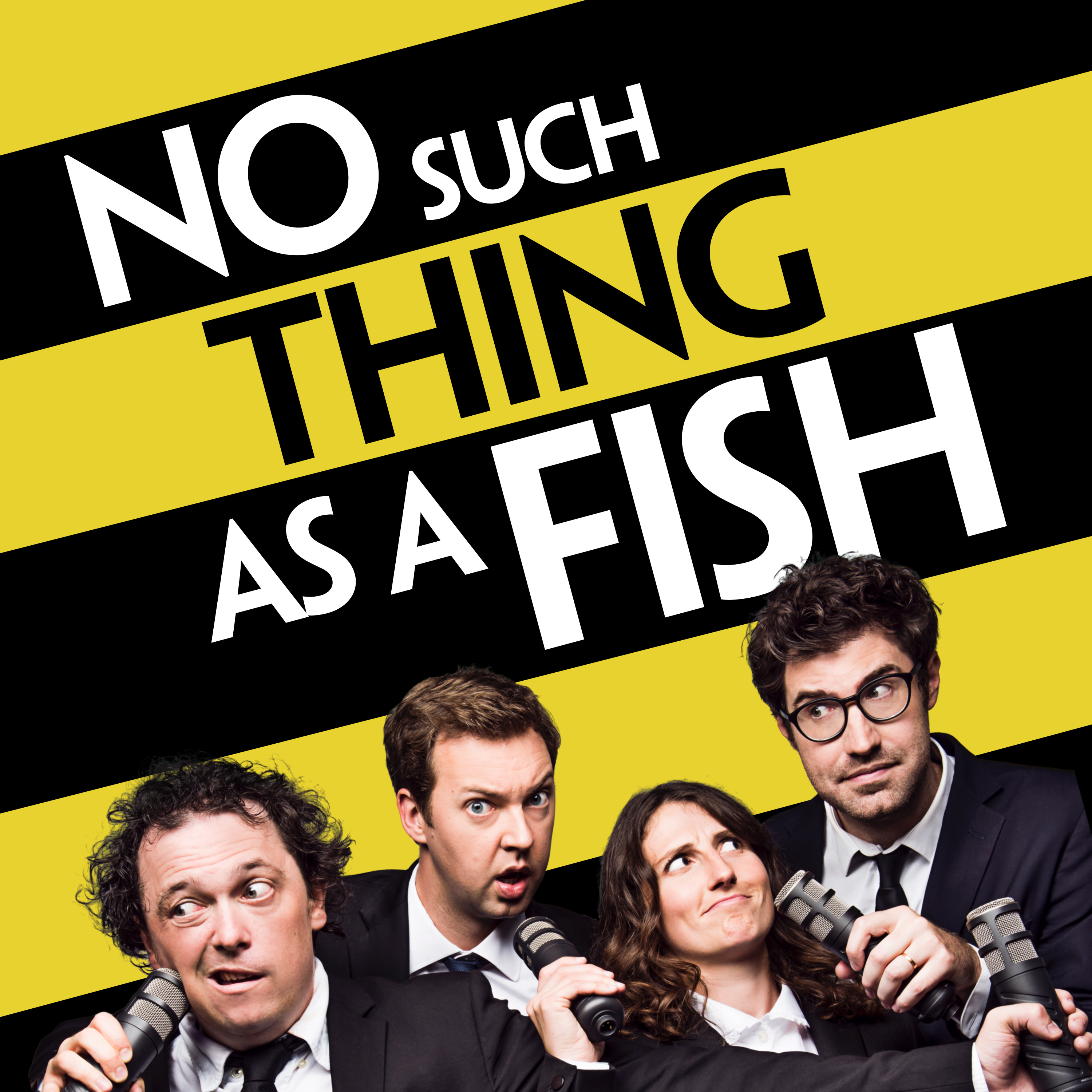
No Such Thing As A Fish
No Such Thing As A Fish
We Can Be Weirdos
Global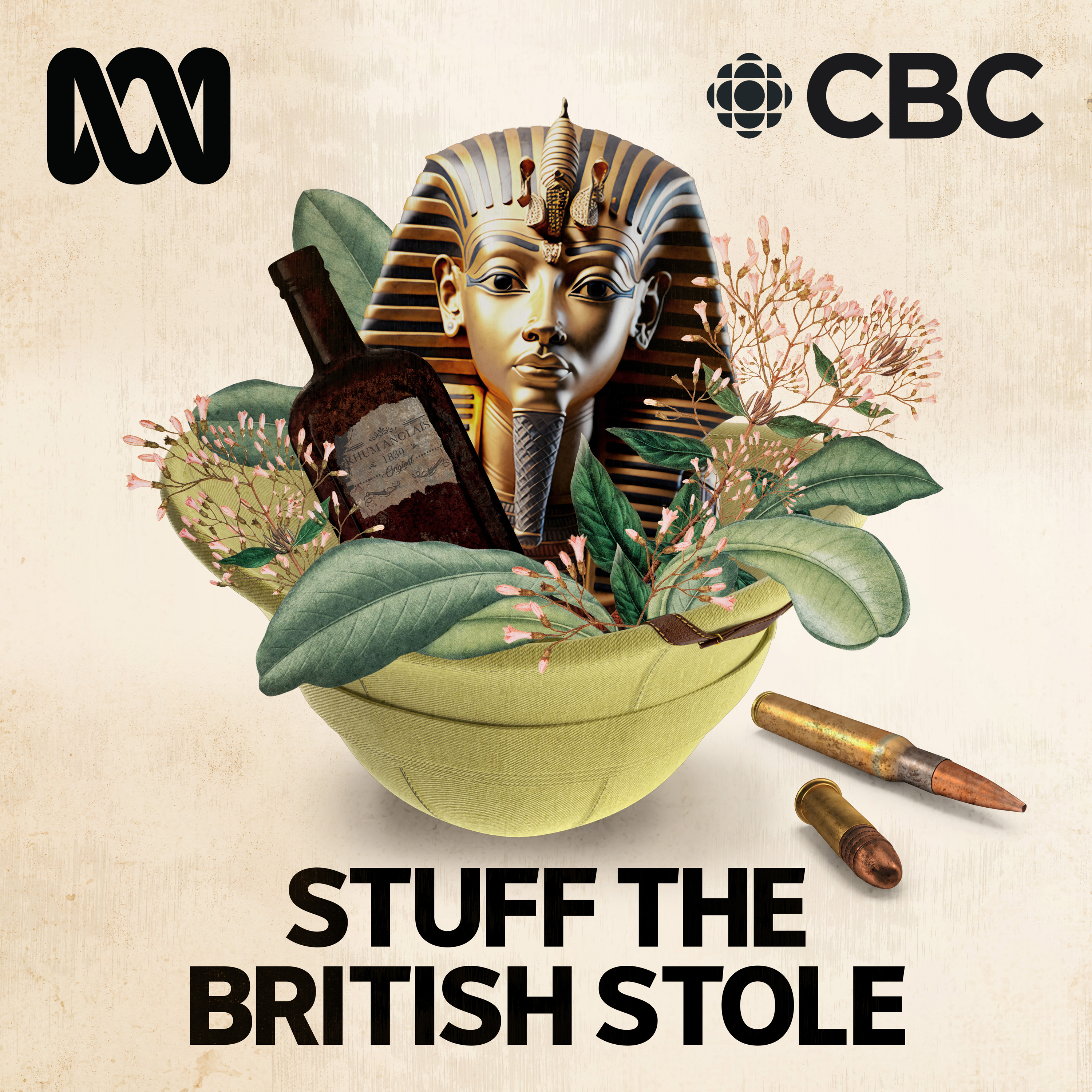
Stuff The British Stole
ABC and CBC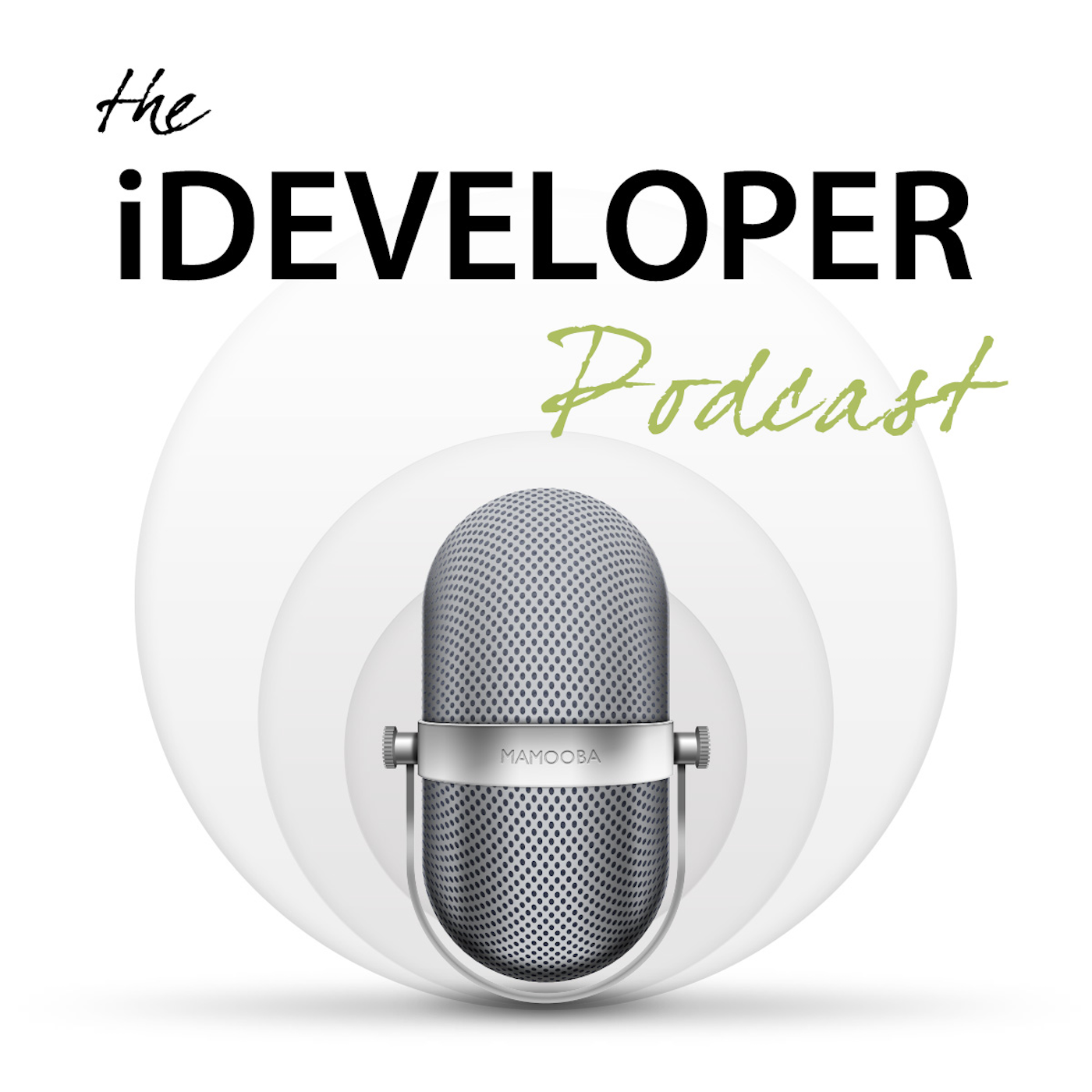
The iDeveloper Podcast
Steve Scott (Scotty) & John FoxRaven On: A Pop Culture Podcast
Natalie Bochenski & Stuart Layt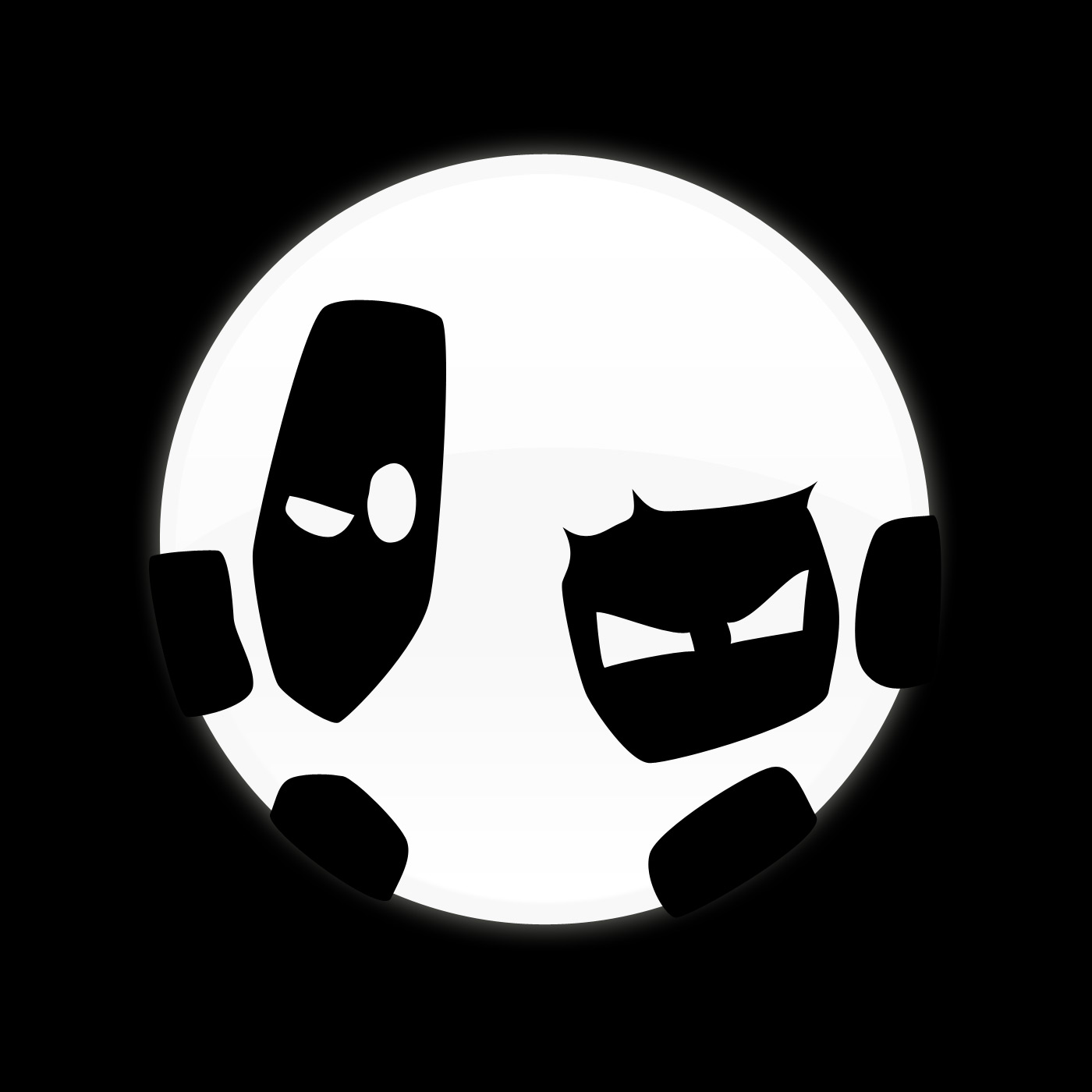
Smart Enough to Know Better
Dan Beeston & Greg Wah
TopMusic Piano Podcast
Tim Topham
The Chopin Podcast
Garrick Ohlsson and Ben Laude


